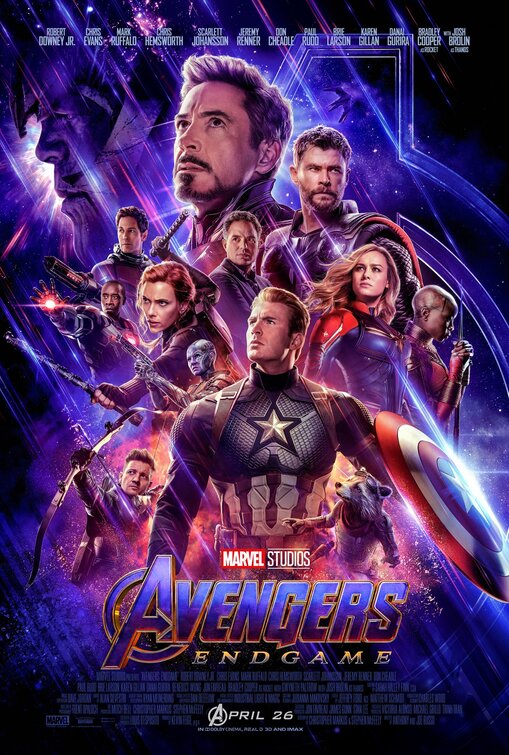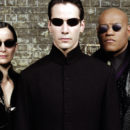The Sisterhood of the Traveling Pants 2
11.17.2008 | By Mack Chico |
Rated: PG-13 for mature material and sensuality.
Release Date: 2008-08-08
Starring: Elizabeth Chandler (guión), Ann Brashares (novela)
Director(s):
Distributor:
Film Genre:
Country:NULL
Official Website: http://sisterhoodofthetravelingpants2.warnerbros.com/
Men who are film critics, such as myself, stereotypically aren’t fond of the movie genre known as ‘the chick flick’. We usually have to remove our male biased opinions towards them and see it for the cinematic work that they are. In this particular case, I must admit, ‘The Sisterhood of the Traveling Pants 2’ was an enjoyable and delightful film that engrossed me for its 2 hour duration.
I really wasn’t expecting to like it, so the fact that I did, makes it even more memorable. Sisterhood, based on a book by Ann Brashares, is a reunion for the actresses that have now made it ‘big time’ on their respective TV shows; Hondurean American America Ferrera stars in ‘Ugly Betty’, Blake Lively in the hot sexy Gossip Girls, Amber Tamblyn is widely known for Joan of Arcadia and Argetinian-Mexican American Alexis Bledel (who knew she was a hardcore Latin?) currently stars in Gilmore Girls. This year more than ever, television stars are making Hollywood look real good.
One of the great things about the film outside of the physical and cultural diversity of the cast, is the chemistry they share onset. They seem to really get what their characters are all about. It’s three years later and each of the girls are exploring their professional goals. Their only apprehensiveness is the potential estrangement from themselves that distance could impose on them. The four story lines are alluring enough to not lose you to lassitude.
Ferrera is the best actress of the group, evident when she spews out Shakespeare lines as if they were vernacular English. Tamblyn, with her caustic and mordant personality, provided the much needed comic relief from the emotional pounding the film takes with Lively’s character. Bledel, unfortunately was the weakest link and didn’t really provide enough believable gravitas to take the film to the next level.
As my colleague Alex Florez termed it, ‘The Sisterhood of the Traveling Pants 2’ is a ‘slice of life’ movie, and I believe it will resonate not only with tween audiences, but also with mom and dad adults. That combination will surely squeeze out a third part out of those magical jeans.










































